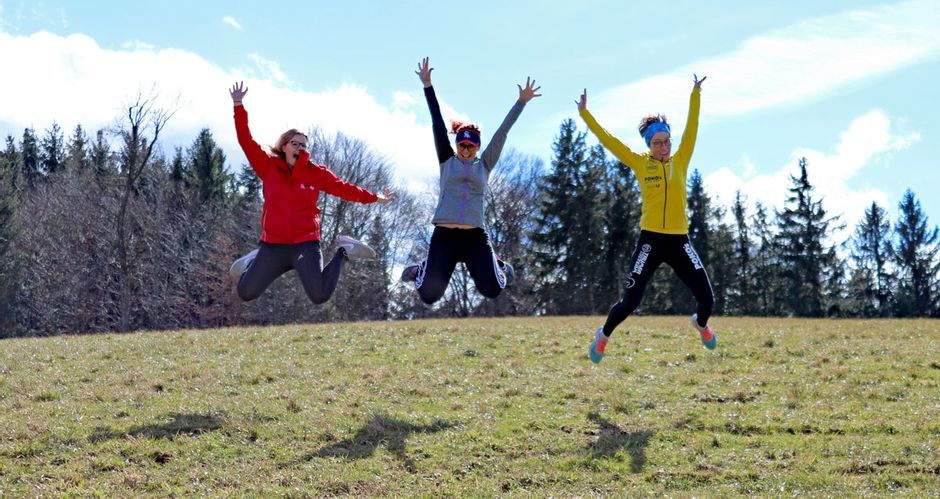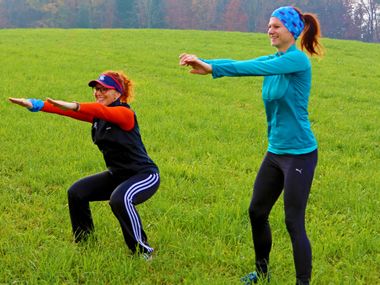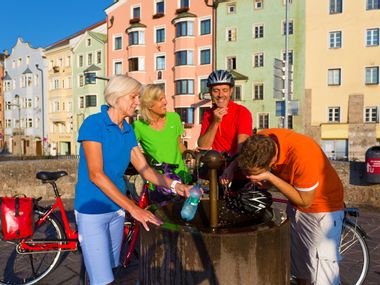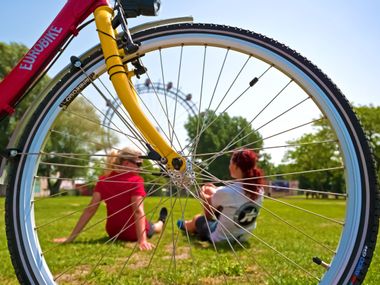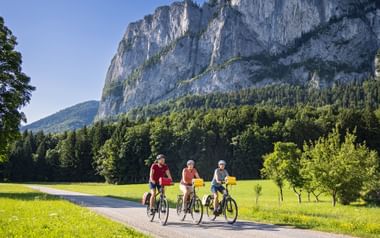Especially when cycling with children you should take a look at the route guidance. How many kilometres are there in total, where can you stop for a rest, where can the kids let off steam, how can you motivate the little pedal pushers? You can then plan a pit stop every few kilometres and sweeten your little one’s break with a delicious snack or particularly idyllic stop. Perhaps there will be an opportunity to dip tired feed into cool water, or to watch animals. Every little attraction can be motivation to complete a few more kilometres.
Tip: If checkpoints are drawn along the cycle route this is particularly helpful. Cyclists can use them not only for orientation and to take a break, but also to check route timing.
